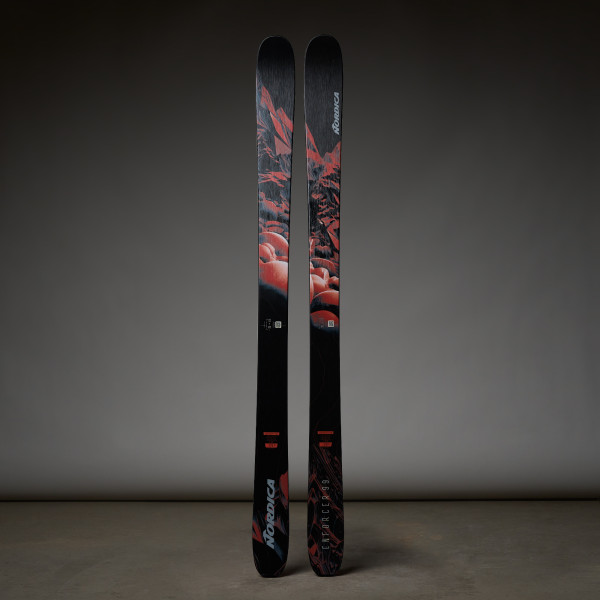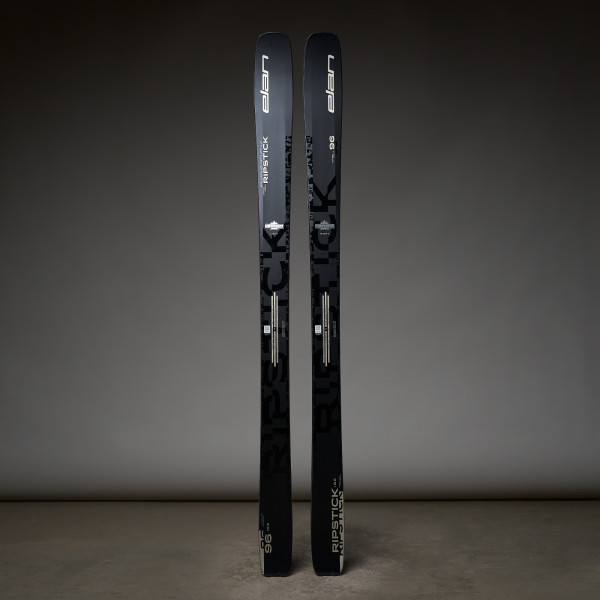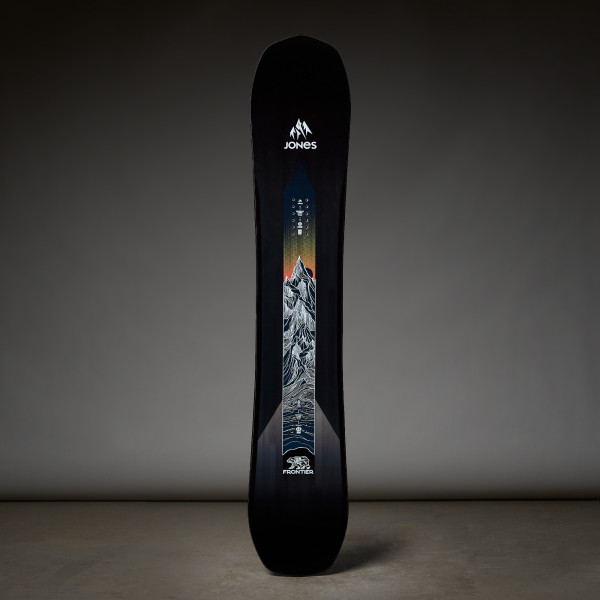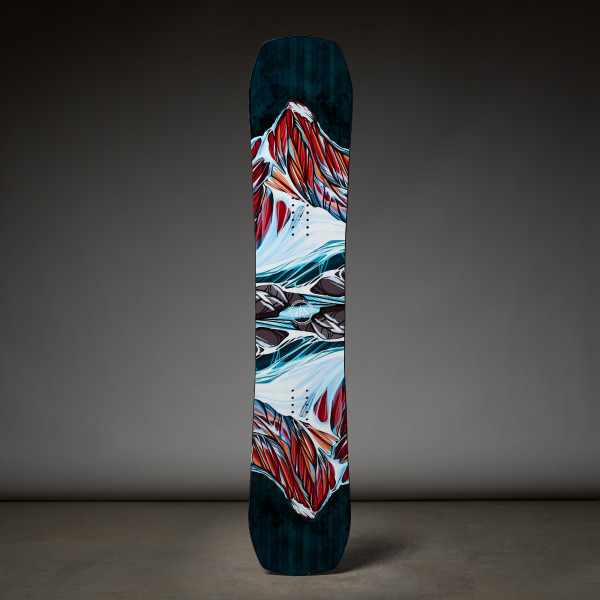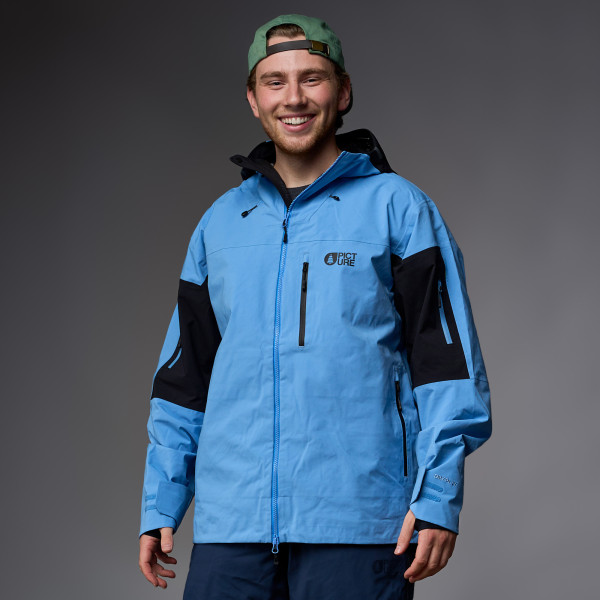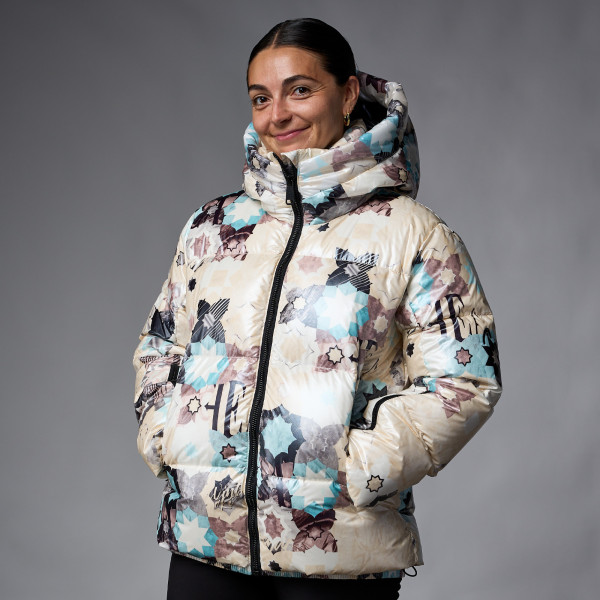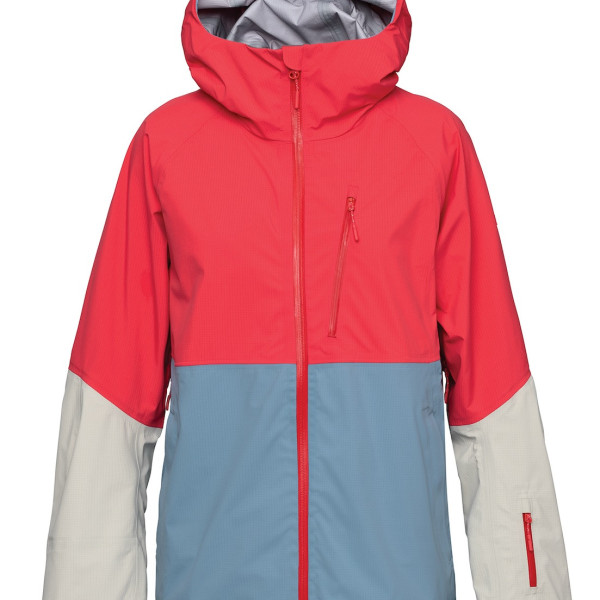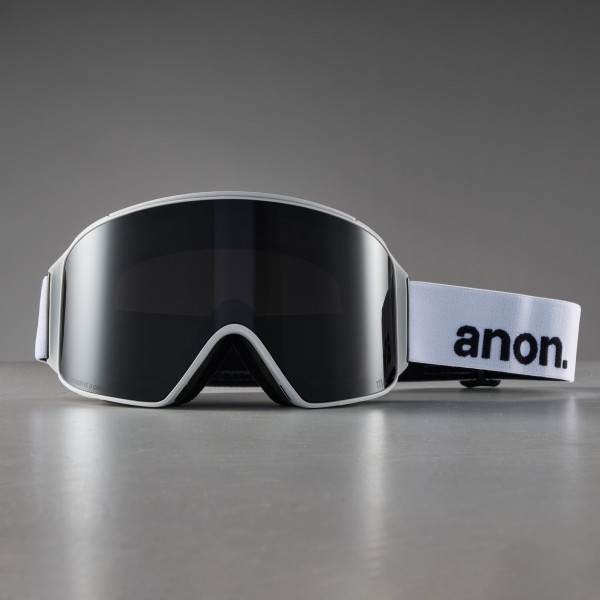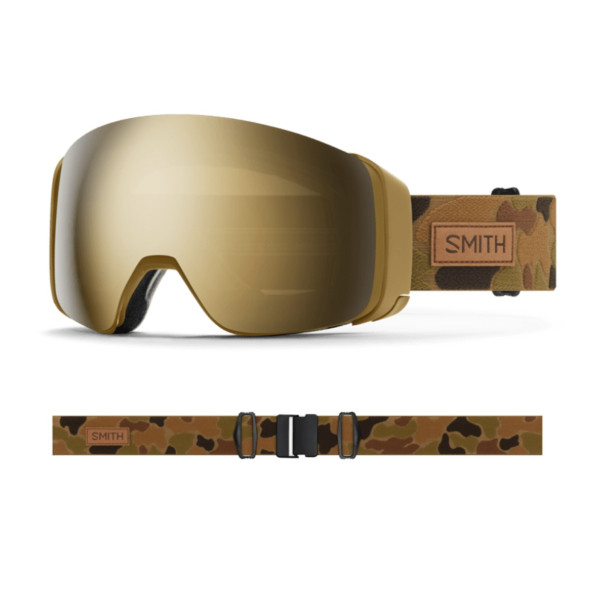Your Shopping Cart
Hot Items
Ski & Snowboard Outlets
Ski Boot Fitting: How Are Boots Supposed to Fit
Posted April 1, 2024 @ 10:34am | by George Michaelsen
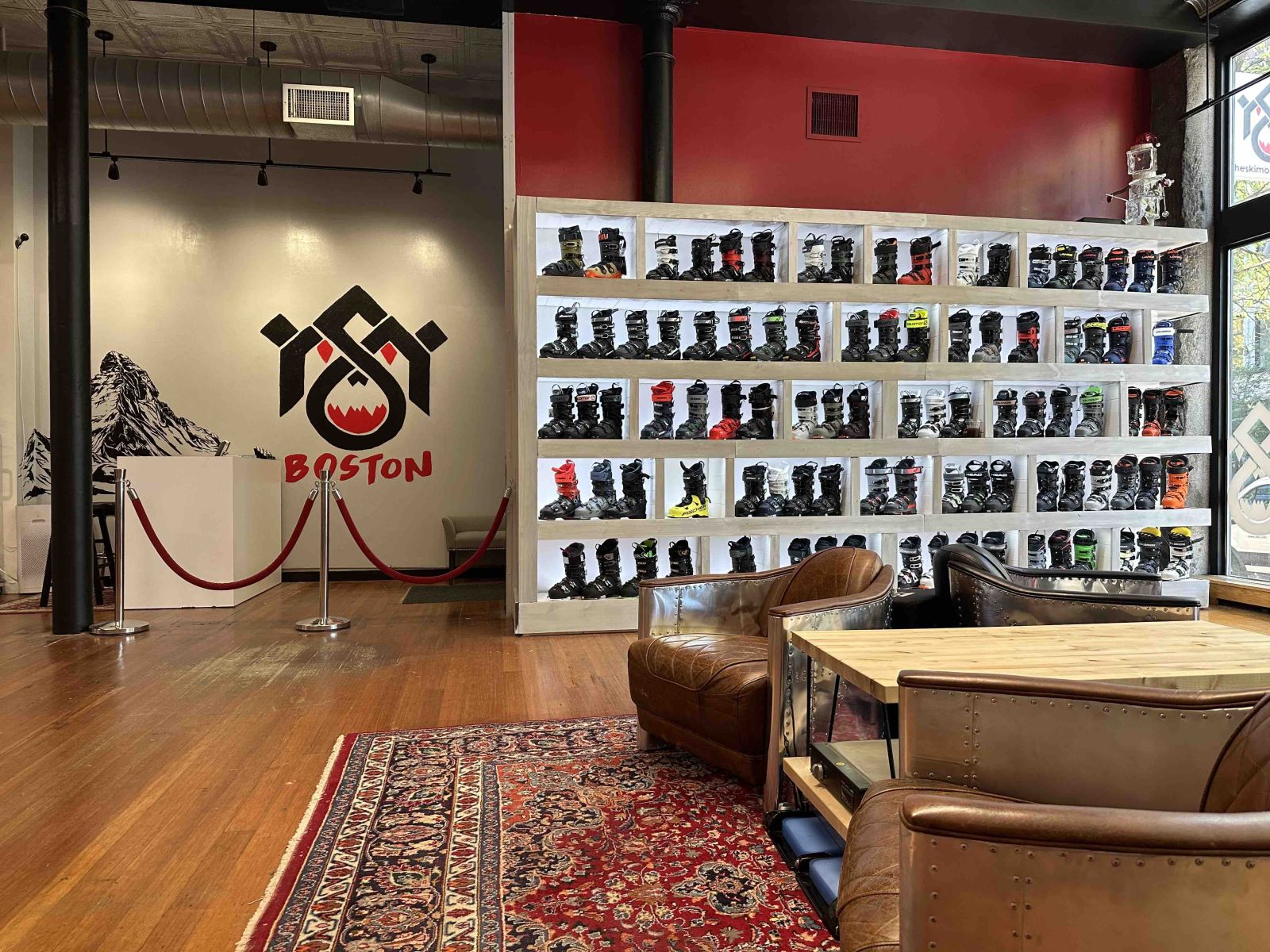
Well, you are either a loyal reader of our blog or you just typed something into Google asking a question along the lines of; 'Are my ski boots the correct size?' or 'How should ski boots fit?'. You are probably asking yourself and Google that question because of at least one of the following questions:
• 'How should ski boots fit?'
The end goal as far as fit goes — with any boot fit is the same for every person. We want the pressure surrounding your feet to be as consistent and uniform as possible while keeping the heels in place. When we do custom boot work for people on existing boots that’s the goal, the perfect fitting ski boot is literally that. When you pick an initial boot that is closer to that feeling, you are going to need less work if any done to your boots. Now while everyone really wants their boots to fit the same what is different amongst skeirs is their tolerance for compression. It is common for skiers that go more frequently to have a higher tolerance for compression. This is part of the reason ski boots begin to feel loose as you start skiing more frequently, it's not just a new pair of boots breaking in, your feet can handle more pressure and in order for the boots to feel uniform and consistent you need to buckle your ski boots tighter.
Again, uniform, consistent pressure, while keeping the heels secure. You feet should feel stable in your boots.
• 'Should my toes go all the way to the front of the boot and feel pressured/kinda curled when I first put the boot on?'
Yes! When you first put a ski boot on your foot will go all the way to the front and it'll feel tight in the toes. This is especially true with ski boots that are really easy to get on. Don't worry once you get your heel seated in the pocket it'll feel much better, this will happen after you're buckled, standing and flex your shin into the cuff of the boot.
• 'When I flex forward in the boots like I'm in a Ski position, I feel my heel slide back and I can move my toes more, that's good right?'
That's great! You don't want to be swimming in there though. When you're standing up tall in the ski boots feeling the upper cuff on the back of your calves, your toes should touch the front.
• 'When I stand up tall in the boots my toes don't touch the front and when I'm flexed forward I feel like I'm swimming, are my boots too big?'
If you feel like your swimming in a pair of ski boots than yes, they are too big. Swimming isn't a word you want to use when describing a good fit.
• 'I think my ski boots are the right size, but not sure. How do I shell fit my ski boots?'
Shell fitting is done to make sure that a boot is not too big or too small. To shell fit, take the liners out of the ski boots. Put your feet in the boots with a ski sock on, and put your toes all the way to the front so they are just touching. What we want to measure is the space behind your heel and the shell. If you have more than 2cm (a little less than an inch) behind your heel your ski boots are too big. If you have 1.5 - 2cm of space behind your heel it's the right size. (Everyones fingers are different sizes, never been a fan of the '1 finger/2 finger fit rule.')
Generally speaking.. The less space you have between your foot and the shell the more performance you will get and the less comfort you will have. However the snugger the shell the less you'll have to worry about liners packing out which makes sense for skiers that ski often and aggressively that want their ski boots to last a while. Most ski boots in the $499 - $699 range will last about 80 – 100 days or so of skiing before starting to feel too loose. (Depending of course on how much abuse you've given them, storage and general care.)
*Note: Some skiers like me prefer a shell fit with 1 cm of space or less behind the heel. I like a really snug fit in my boots, I also have feet that are 106mm wide and am inminimally worked on 98 mm lasted boots. I am of the small percentage of skiers that prefer this.
• 'I can lift my heel when I'm buckled down is that ok?'
You're going to be able to lift your heel slightly if you try to stand on your toes in the boots. The reason you're able to lift your heel is because your foot is more flexible than the ski boot. If you can't lift your heel that's not a bad thing, it's more likely that you are sized down in your boots or you have a less flexible foot.
If you are flexing forward in the boot and your heel lifts - that is most likely due to having less range of motion in your ankle and are in a boot with too much forward lean for your anatomy. Skiers with less range of motion need to be in boots that are stiffer and more upright working within the confines of what their body is capable of. Ankle flexion can also be worked on at home by stretching and being more active.
• 'When I'm out on the mountain skiing I get an awful cramping and burning under the arches of my foot, is it the boots?'
If your boots are too long (size wise), too wide, too loose in the ankle, too much space on top of the foot, this can happen. If you feel like you're in the correct size, width and volume. Read this post on why your ski boots hurt, you may be suffering from weak feet.
• 'How do I find a good bootfitter?'
If you're able to come see us in Boston we'd be happy to get you dialed in. If that's not possible your'e looking for someone that can listen. The key to getting in good boots is working with someone who is going to listen to your wants, needs and priorities and manage your expectations regarding how the boots can be manipulated and how they are going to change over time. Boots do break in, they only get more spacious.
• 'My friends an expert, I'll bring em', he or she will help me pick out ski boots.'
Is your friend a bootfitter? If the answer is 'No' than he or she doesn't know as much about ski boots as the Boot Fitter you are going to see and talk to. After you've found a reputable shop, listen to the bootfitter. More often than not your friend just wants to justify their own ski boot purchase by having you get in a similar pair.
Ski Boot Technology Explained ← Must read for Ski Boot Geeks.
Why your ski boots, still hurt after you've tried everything ← Must read for Ski Boot Geeks.
Want us to help you out with your boots in person? Book an appointment here.

